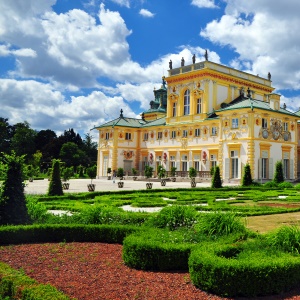Parks and Gardens
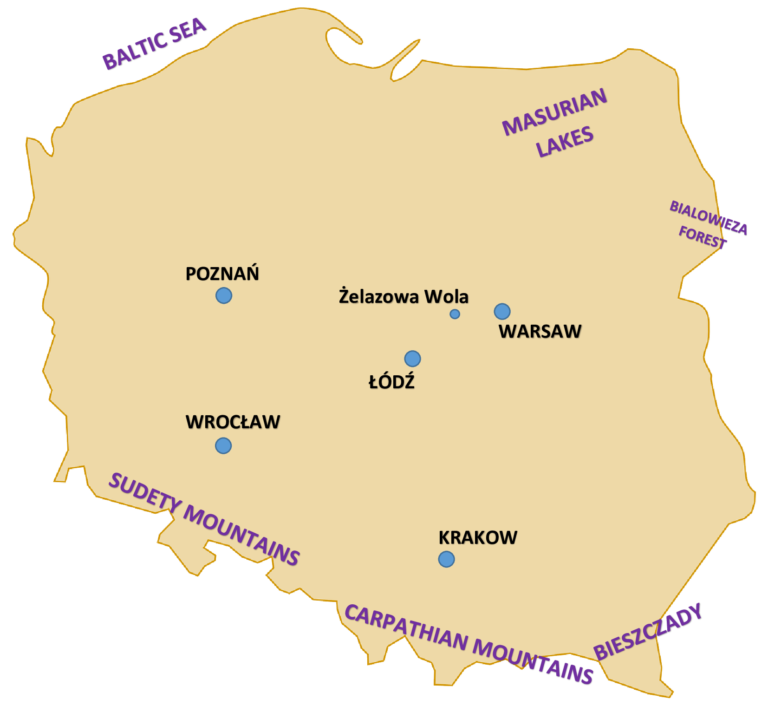
Lovers of greenery and flowers are invited to enrich their itineraries and explore our numerous parks and gardens, beautifully arranged in various styles. One of them – Mużakowski Park has been inscribed on the UNESCO world heritage list.
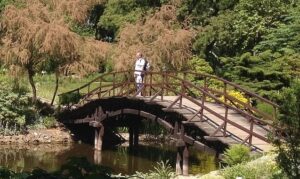 Below is our recommendation of parks and gardens worth seeing in the most visited Polish cities and their vicinity.
Below is our recommendation of parks and gardens worth seeing in the most visited Polish cities and their vicinity.
Warsaw – Łazienki Park (Royal Baths Park)
Initially designed in the 17th century as baths park for the Polish nobleman Stanisław Lubomirski, later transformed by Poland’s last monarch, Stanisław August Poniatowski into his summer residence. In the Palace on the Isle located at the heart of the park the King hosted famous Thursday dinners, to which he invited influential figures of the time to discuss literature, art and politics. At that time Warsaw replaced Kraków as the capital of Poland. Besides the Palace on the Isle there are other gems of European architecture in the grounds of Łazienki Park including: the Old Orangery housing the Royal Sculpture Gallery and the Royal Theatre, the White Pavilion, The Myślewicki Palace, the Museum of Hunting and Horse-riding, an amphitheatre and numerous free-standing sculptures. Łazienki park and palace complex is the part of the Royal Route connecting three former residences of Polish rulers: The Royal Castle, Royal Łazienki and Wilanów Palace. It is the largest park in Warsaw with an area of 76 hectares in the central part of the city. It serves as a venue for various cultural events including famous Chopin concerts held at the foot of the Fryderyk Chopin Monument every Sunday from May to September. It is a favourite place of the citizens of Warsaw where they can admire classicist architecture in natural surroundings and enjoy walks through the lovely gardens: the Royal Garden, The Romantic Garden and the Modernist Garden.
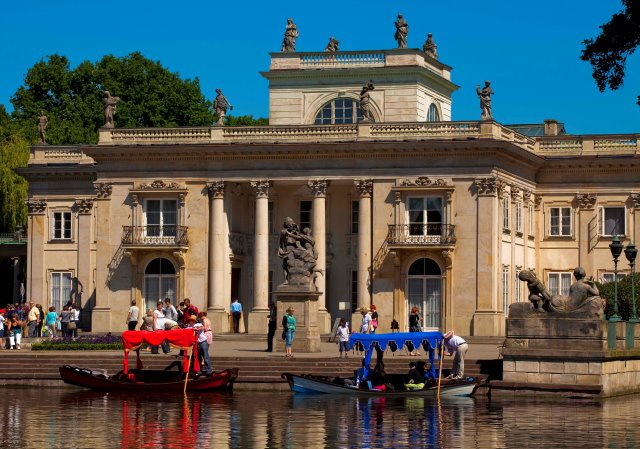
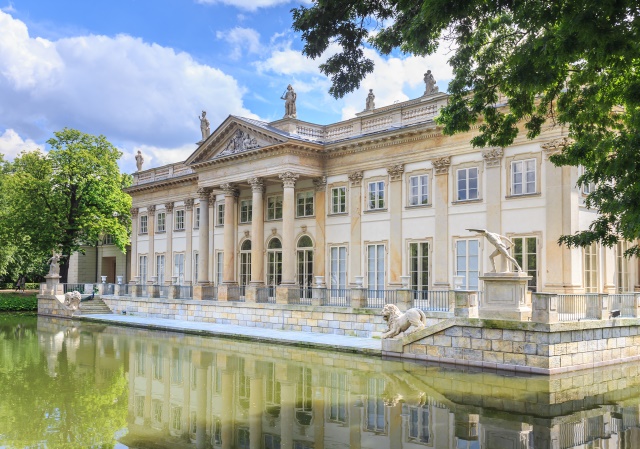
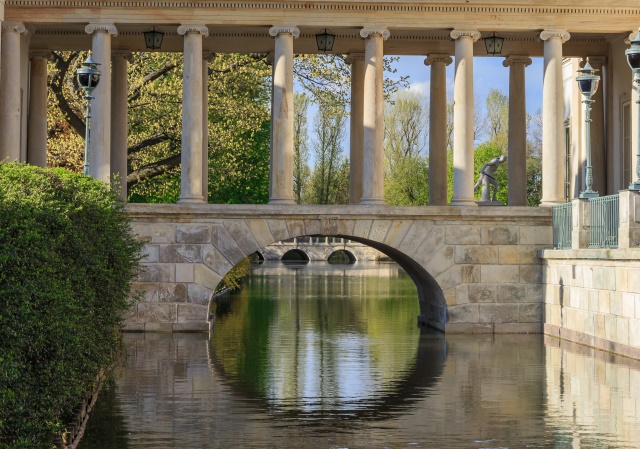
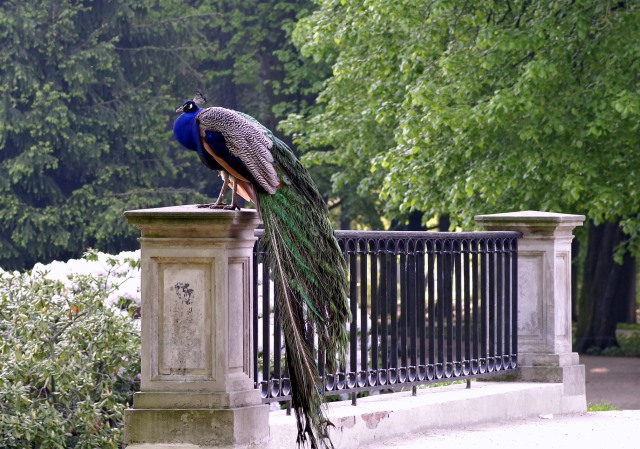

Warsaw – Wilanów Park & Gardens
An area of 45 hectares, south of Warsaw, comprising various styles of buildings, individual gardens and parks including: North Garden, two-level Baroque Garden, a Neo-Renaissance Rose Garden, two landscape parks – the North and South and the Orangery Garden. Wilanów Park is an integral part of the 17th century residence of King Jan III Sobieski called Wilanów Palace. Both the palace and the park were modified, transformed and expanded by successive owners over the centuries. Now the gardens have been restored to their appearance during the time of the King Jan III Sobieski. The Park has a unique microclimate thanks to its natural lake. It attracts large numbers of tourists from all over the world and hosts many cultural events including International Summer Academy of Early Music.
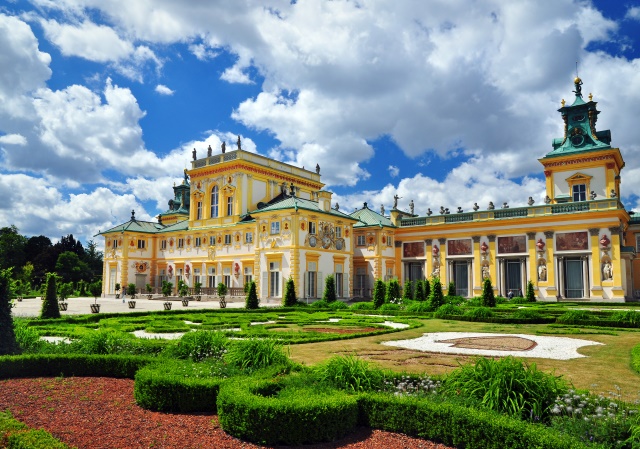
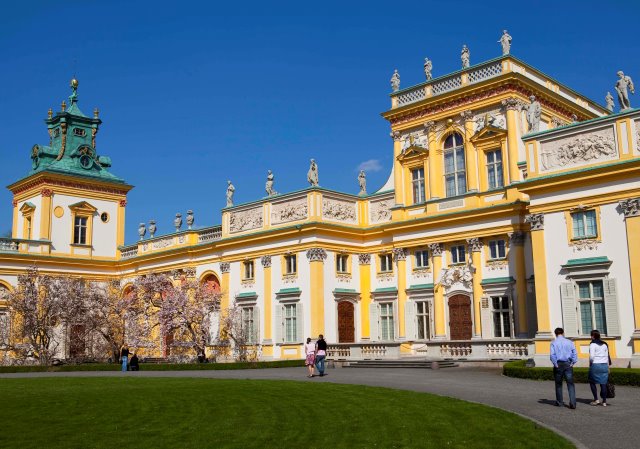
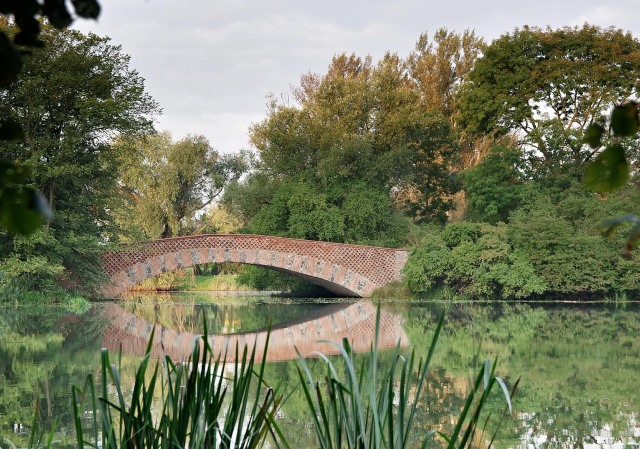
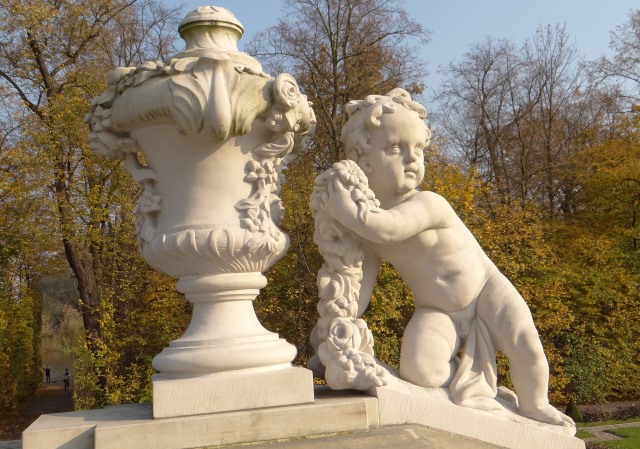
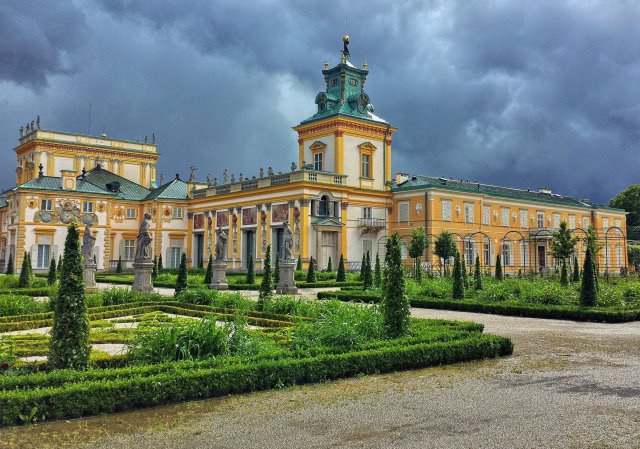
Warsaw – Botanic Garden
Founded in 1818 and located in the northern part of the Royal Łazienki Park. One of the oldest institutions of this type in Poland. Since 1916 it belongs to the University of Warsaw. It covers the area of 5,16 hectares and its collection includes 5,000 species and varieties of trees, shrubs and herbaceous plants. The garden’s sections include: arboretum, various climate plants, Polish lowland flora, decorative plants, plant systematics and greenhouses. Rose gardens in full bloom just behind the main entrance bring crowds of visitors every summer. The Botanic Garden is open from April to October; guided tours of the glass-houses are available in the winter.



Pictures: Wikipedia
Park in Żelazowa Wola (approx. 55km from Warsaw)
Over 17-acre natural park at the banks of Utrata River surrounding the little manor-house – the birthplace of Polish composer, Frederic Chopin. In summer visitors can listen to the concerts of his music performed by pianists from all over the world inside his family home.
Chopin’s music can be heard everywhere from the speakers hidden in the bushes, grass or ivy throughout the park. The park was developed in 1932-1939 but it was renovated for Chopin’s 200th birth anniversary, celebrated in 2010. There are many new paths, benches, ponds, pergolas and bridges with Utrata River flowing through the park making it a perfect spot to relax and enjoy the music.

Kraków – Planty Park
One of the largest city parks in Poland forming the green belt around the Old Town in place of the Medieval city walls and a moat. It has an area of about 20 ha and a length of 4 km. In 1820 the Senate of the Free City of Krakow decided to implement the modern concept of an open city, demolish the remains of medieval walls, fill in the moat and drain the marshes. The area was planted with trees, mainly chestnut trees. The park consists of thirty smaller gardens designed in different styles, decorated with ponds, fountains and numerous monuments of noble historical figures. It forms a scenic walkway easily accessible from each corner of the city and popular with both citizens of Krakow and tourists.
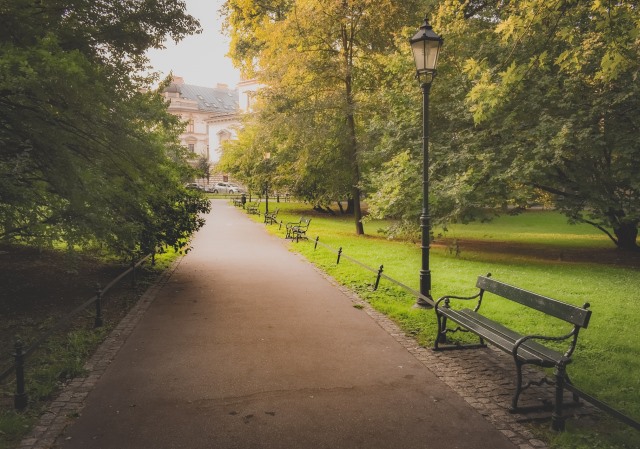



Kraków – Botanic Garden of the Jagiellonian University
Founded in 1783 and situated east of the Old Town, classified as a historical location. It occupies the area of about 10 ha and belongs to the Jagiellonian University as one of the departments of the Institute of Botany. The current collection contains approximately 5000 species and varieties from around the world including about 1000 species of trees and shrubs and more than 2000 species and varieties of plants in greenhouses. The Arboretum with collection of trees and shrubs covers the largest area and is party arranged as landscape park with geographical groups of trees from East Asia, Northern America or ornamental groups including collection of lilacs.
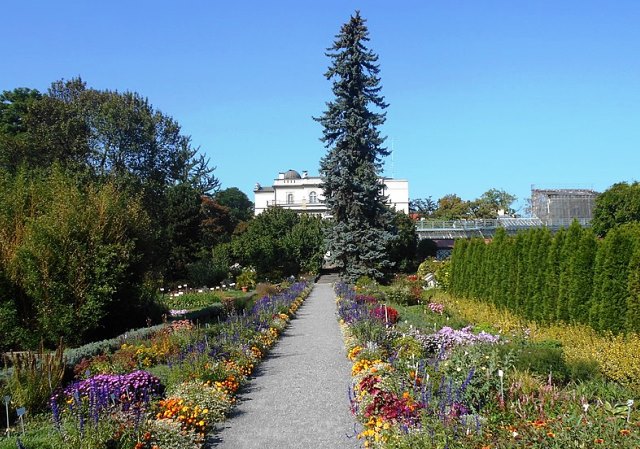
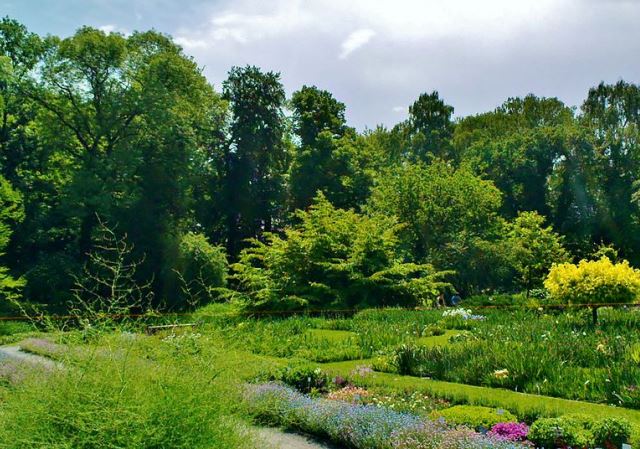
Pictures: Wikipedia
Wrocław – Szczytnicki Park
English-style park with an area exceeding 100 ha, established in the 18th century and located to the east of Grunwaldzki Square and the old Oder River. It owes its current appearance and variety to Peter Joseph Lenne – a royal gardener who arrived in Wrocław from Berlin. Besides many sightseeing attractions (e.g. the complex of Centennial Hall, an astrological observatory, the Jan Nepomucen Church from the turn of the 18th century) it also features numerous dendrological rarities. At the end of the 19th century, a dyke system was established in the park. Later, in 1913 on the occasion of the World Expo, the Japanese Garden was created. It was an initiative of count Fritz von Hochberg, who employed a Japanese gardener. The Japanese Garden has been reconstructed to its original look from decades ago and currently features sculpted bushes, pagodas, a man-made lake, narrow bridges as well as many Japanese plant species.

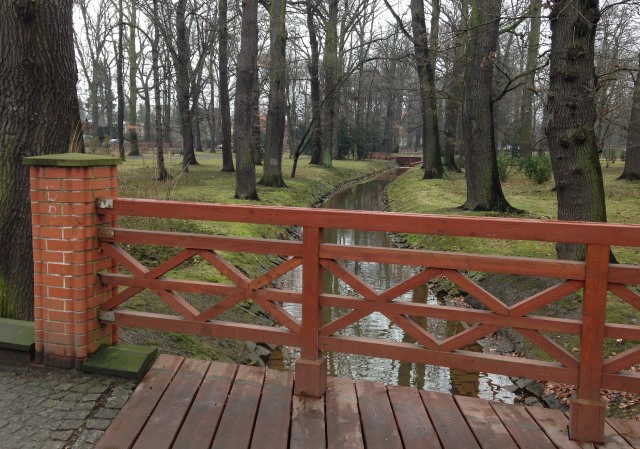
Wrocław – Botanical Garden
The second oldest garden (after Kraków) in Poland, located close to Ostrów Tumski. Established with the University of Wrocław in 1811. Today it has a status of a separate institute of the Faculty of Biological Sciences of University of Wrocław and covers the surface of 7,5ha. It features 11500 species including mountain, rock, water, marsh, tropical and subtropical plants. It consists of an alpine garden, an arboretum, a section of ornamental plants, a section of water and swamp plants and a section of greenhouse plants. Botanical garden is also the place where many seasonal events are organised including Pumpkin Festival, concerts and outdoor events for gardening lovers.
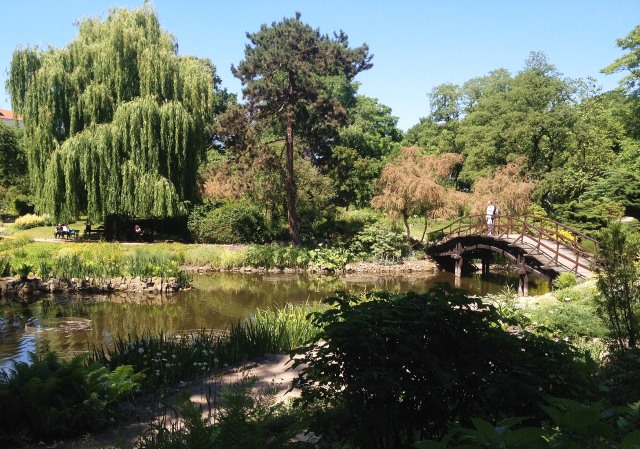
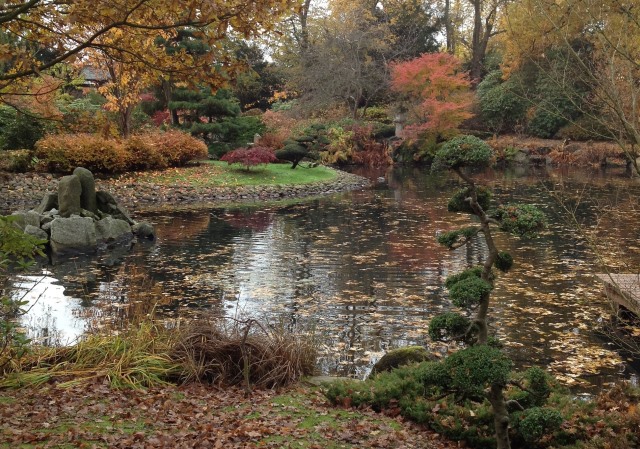
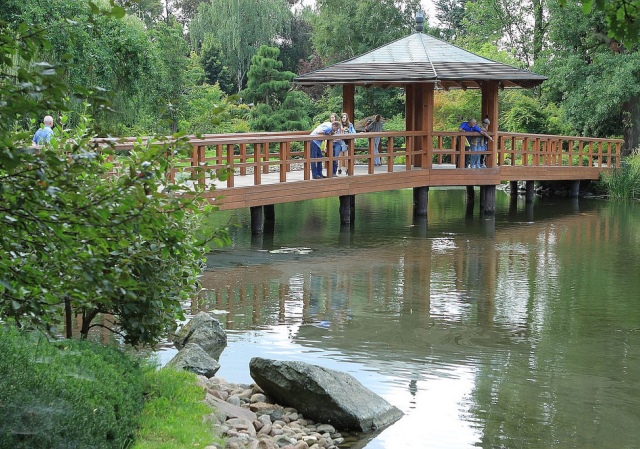
Poznan – Botanical Garden
Established between 1922 and 1925 and located just below the southeast shore of Rusałka Lake. It covers the vast area of 22ha and features over 7000 varieties of plants from almost every kind of climate and ecosystem in the world. It is an educational park owned by the Adam Mickiewicz University in Poznan. It includes several divisions where the plants are shown: alpinarium (occupying the space of 6000 square meters), dendrology (with an area of 4ha), plant geography (the largest area of the Garden), decorative plants, rare and endangered species, water and swamp and plant taxonomy (with over 2000 species of vascular plants). There are various lectures, workshops and outdoor activities organised in the Botanical Garden.
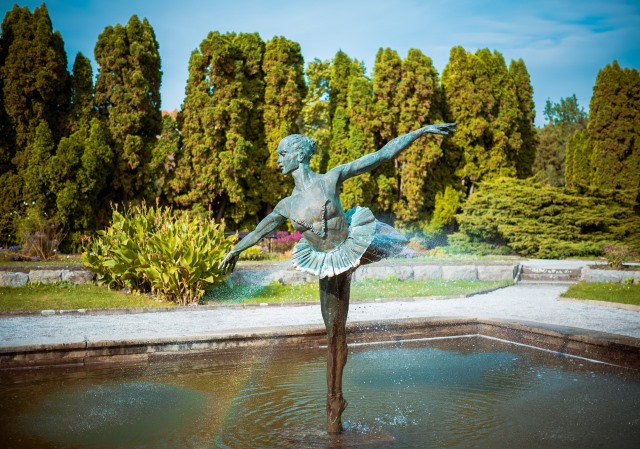
Poznan – Lake Malta
An artificial lake located in the centre of Poznań. It was formed in 1952 as a result of the damming of the Cybina River and named after cavaliers of the Order of Malta. It covers an area of 64 hectares. Numerous recreational attractions along the edge of the lake include: an artificial ski slope and ice rink, a zoological garden, a narrow gauge railway, walking and cycle paths, mini-golf field, a beach and Thermal Bath. Major canoeing, wind-surfing and rowing regatta are organised here. In summer Lake Malta features open-air performances during the International Theatre Festival.

Pictures: Wikipedia
Poznan – The Palm house
It was built in 1929 and it is one of the biggest of its kind in Europe. Located near the Poznan International Fair. One of the most beautiful parks in Poznań featuring 17000 plants representing 700 species and varieties from countries with warm and cold climate. The 37 tanks in the Palm House are also home to 150 species of fish.
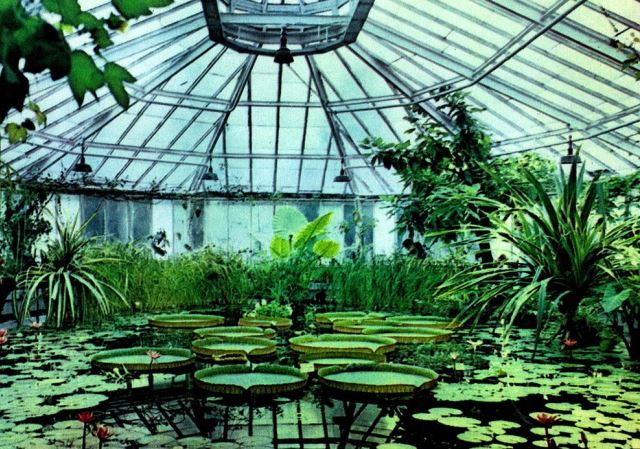
Poznan – Citadel Park – Park Cytadela
Built in the second half of the 1960s in the area of former Prussian Fort Winiary, located north of the Old Town. It is the largest park in Poznań with an area of 100ha and a local place of leisure with numerous walking paths and beautiful promenades, Rosarium, picnic areas and food courts. Apart from recreational space it also consists of municipal and military cemeteries, old fortifications, the Museum of Armaments with an outdoor exhibition of military vehicles and equipment, the Museum of Poznań Army, old fortifications and various sculptures. One of the most noticeable features of Citadel Park is the Soviet Obelisk located at the top of the grand staircase at the entrance to the park dedicated to the Russian soldiers killed during the 1945 siege of the fort.


Łódź – Botanical Garden
One of the largest gardens in Poland with an area of 76 ha and nearly 3500 plant species and their varieties. There are 9 different sections in the botanical garden including arboretum, an alpine garden, taxonomy of herbaceous plants, plant biology, park greenery, decorative plants, herbs and medicinal plants for industrial use, flora of Poland and the Japanese garden. There is also an open air museum featuring a rural farmstead and a cottage from the early 20th century with flower species, herbs and fruit typical for the Polish countryside. Numerous workshops, exhibitions as well as cultural and scientific events are organised here during the summer season.
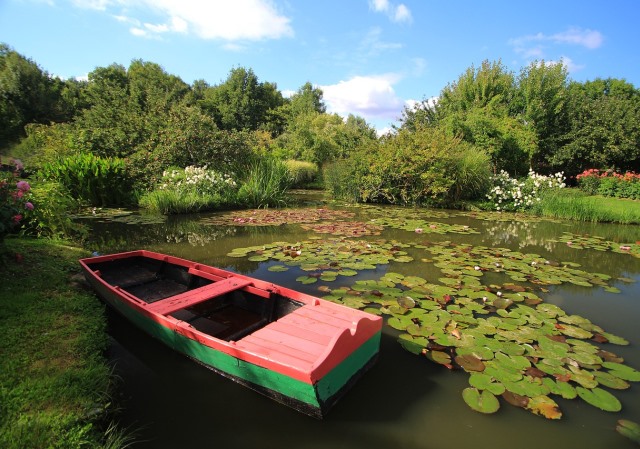

Łódź – Palm House
Established in 1955 and rebuilt in 2013 it is one of the most modern palm houses in Europe. The building is made of glass and metal and it is surrounded by historical Źródliska Park with 300-year old oak trees. The collection of the palm house includes 4500 specimens of more than 1100 plant species and varieties including palm trees, citrus trees, cycads, cacti, araucarias, orchids, and many more. Some of the palm trees are more than 130 years old and of the height of nearly 18m. There is the Didactic Garden near the Palm House with redwoods, gingkos, rhododendrons and azaleas growing.


Pictures: Wikipedia
Łódź – Hills Landscape Park
Established in 1996, covering an area of nearly 138 square kilometres. Part of the Łódź Hills Landscape Park is Łagiewnicki Forest – the largest city forest in Europe. The most precious part of the forest is covered by nature reserve protection. The landscape park featuring hills, small river valleys, forest with various tree species and numerous hiking and bike trails is the popular recreational area in Łódź, offering different forms of activities. The park also includes the highest points of the post-glacial heights and there are three nature reserves on its territory.
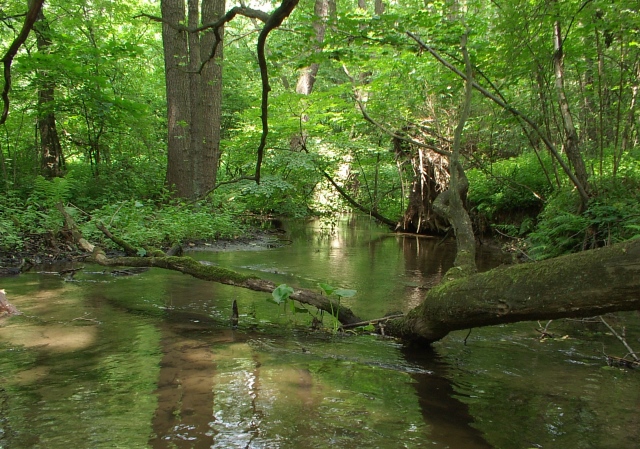
Pictures: Wikipedia

